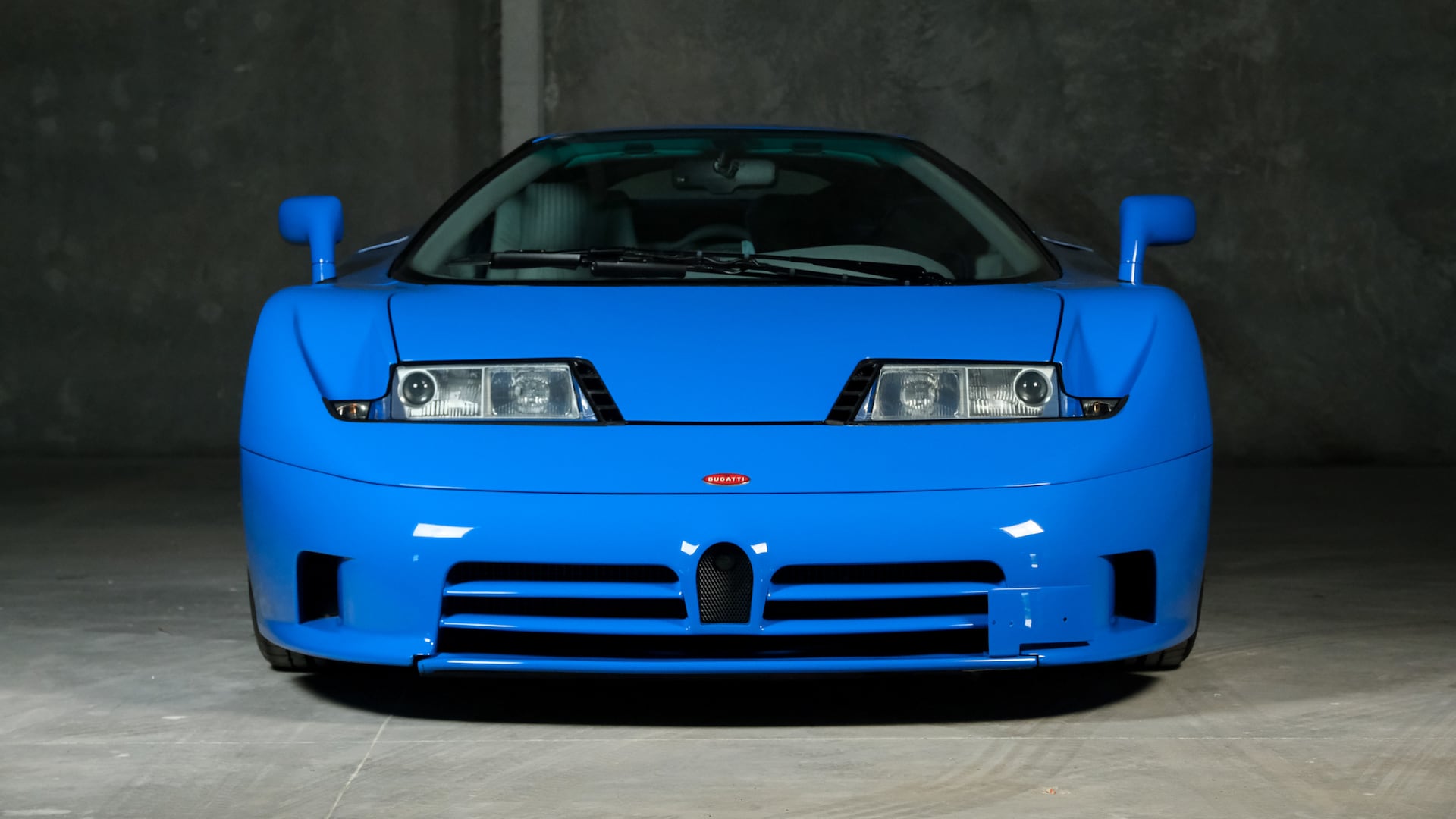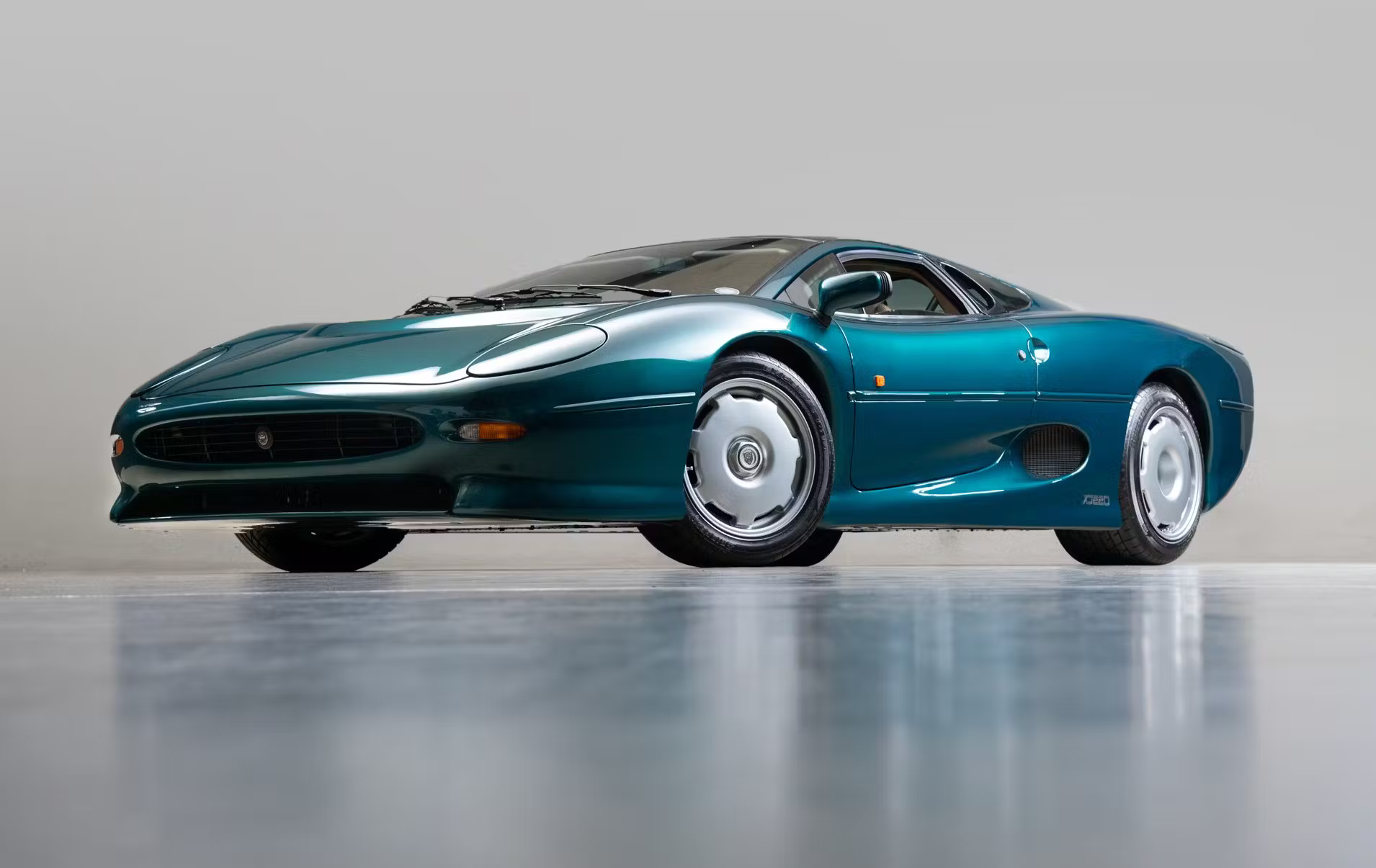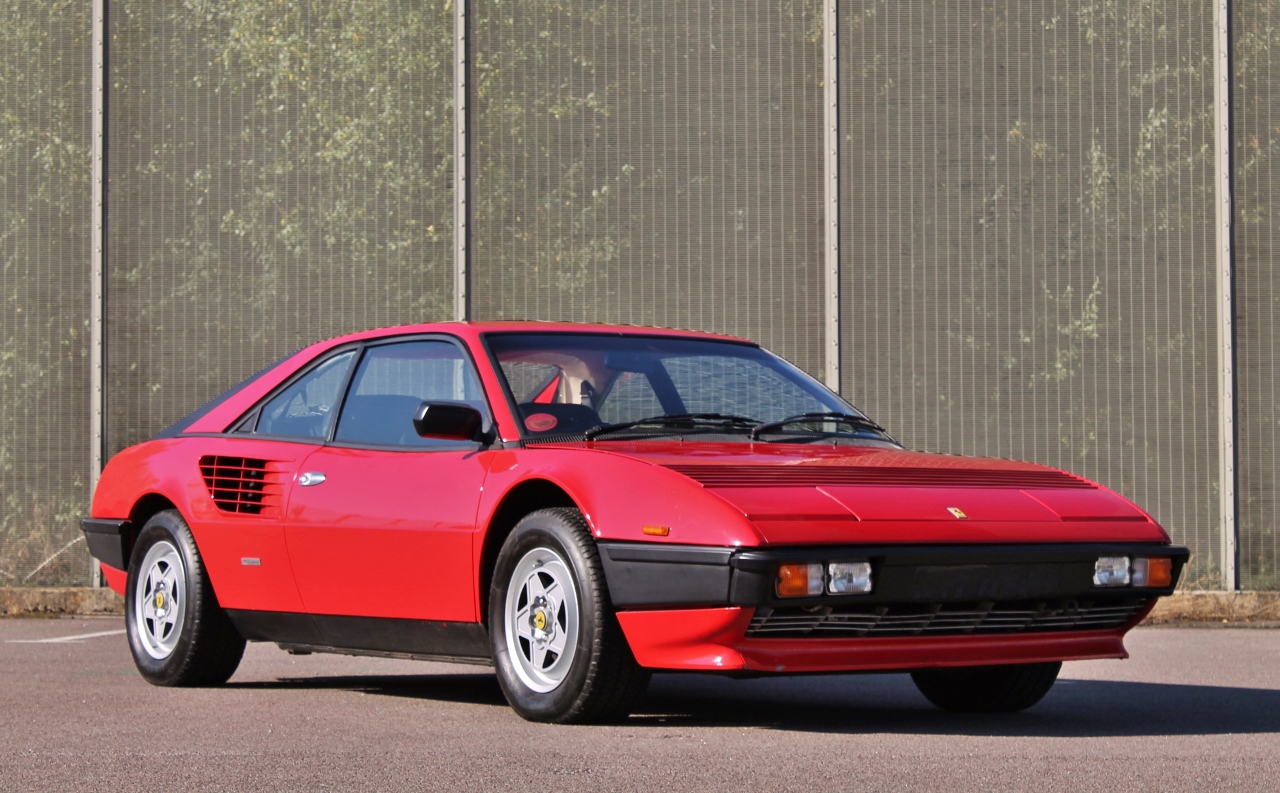
[ad_1]
Assuming that supercar firms will get it proper each time is unrealistic. Sometimes, these carmakers, even the established ones, will produce a mannequin that falls wanting expectations.
A number of elements might be answerable for this. They embody controversial supercar styling, using dated expertise and efficiency deficiencies. The supercar market could be very explicit so far as tastes and selections are involved.
Lacking the mark together with your product could be a deadly mistake, as some carmakers sadly discovered. Others had been capable of climate the storm and transfer on to extra profitable fashions, having learnt from their experiences.
Gumpert Apollo

Look no additional if you’re looking for proof that an awesome automobile doesn’t at all times equal success. The Gumpert Apollo was a hardcore supercar that was proper up there with the very best supercars of its day. It even set a lap file on the notorious Nurburgring circuit.
The Apollo had a no-frills method to squeezing each ounce of efficiency from its 3.3-litre twin-turbocharged V8 engine. That led to a slightly controversial styling and a excessive sticker value that rapidly relegated it to the fringes of the automobile neighborhood.
Roland Gumpert struggled to promote his vehicles over the course of seven years, even releasing totally different variants in a bid to stimulate curiosity. Sadly, nothing labored, and the Apollo slipped beneath the waves in 2013, taking the corporate down with it.
Lamborghini Jalpa




Sure, even the massive names within the supercar world typically get it unsuitable, as evidenced by the saga of the notorious Lamborghini Jalpa. The supercar was Lamborghini’s concept to seize a wider market section.
The plan was to supply the Lamborghini Jalpa as an ‘reasonably priced’ supercar that might be marketed alongside the costlier flagship Countach. Effectively, it turned out that folks would slightly purchase the Countach or not have any Lamborghini in any respect.
The Jalpa additionally didn’t do itself any favours with its questionable styling and a weak V8 engine that solely made 255 hp. It wanted virtually 6 seconds to hit 60 mph, unacceptable for a supercar. Solely 420 Jalpas had been produced from 1982 to 1988.
Vector W8




Based in 1971, American carmaker Vector aimed to problem Italian heavyweights like Ferrari and Lamborghini inside the supercar area. Sadly, that problem by no means materialized.
The carmaker’s first supercar, the Vector W8, fell flat and ended up as one of the vital costly failures in automotive historical past. This isn’t as a result of the W8 was a shabby automobile. Removed from it, the automobile benefitted from cutting-edge expertise accessible on the time and plenty of supplies utilized in its development had been taken from the aerospace trade.
Its 6.0-litre Rodeck twin-turbocharged V8 had sufficient grunt to get the automobile previous 240 mph. All that efficiency and high-quality supplies got here at a value, although. The 1989 W8 was priced at round $300,000 (this had elevated to $450,000 by 1992). That proved to be its undoing.
The carmaker lacked the model presence or market acceptance to succeed, and the W8 supercar subsequently flatlined and died. Lower than 20 models had been reportedly constructed for public sale.
TVR Sagaris




This British car takes its identify from a battleaxe wielded by historic Iranian cavalry. It was feared for its potential to cut by way of most sorts of armour. In a means, it appeared an apt description for a formidable highway weapon just like the Sagaris.
The TVR Sagaris, launched in 2005, had an inline-6 that remodeled 400 hp. It might speed up to 60 mph in below 60 mph and proceed to a 185 mph high velocity. Nevertheless, the automobile had many shortcomings, which included an absence of security options and shoddy construct high quality.
It wasn’t road-legal in the USA, an essential supercar market, and struggled to achieve traction within the European market. In the long run, solely 211 models had been made earlier than manufacturing resulted in 2006.
Bricklin SV-1




The Bricklin SV-1 was supposed to assist put Canada on the efficiency automobile map, a machine that might compete with the likes of the C3 Corvette. As an alternative, it turned a flop – one of many worst-selling sports activities vehicles ever. Security was a precedence for the automobile’s designers, which in itself will not be unhealthy.
Sadly, they took it to the intense. The end result was a lumbering fibreglass-clad car that was so obese and underpowered that it might barely get out of its personal means, not to mention anybody else. Poor high quality management points compounded issues, and after two painful years available on the market, the carmaker pulled the plug on the Bricklin SV-1.
Bugatti EB110




The Bugatti EB110 is a legend so far as hypercars are involved. It was one of the vital technologically superior vehicles of its time. At its coronary heart was a formidable Quad-turbocharged engine that put out as a lot as 603 hp, sufficient to get the automobile to a 220 mph high velocity.
Sadly, the automobile’s debut coincided with a harsh international financial recession sweeping the world on the time. Its half-million price ticket didn’t assist issues. Sadly, the EB110 ended up a business failure regardless of its top-notch construct high quality and distinctive dealing with.
It was the automobile that in the end pushed the carmaker into monetary smash and chapter, and that’s why the EB110 options on this listing.
Jaguar XJ220




Firm execs previewed the XJ220 prototype as an all-wheel-drive supercar with a formidable V12 engine. The automobile understandably generated a giant buzz inside the automobile neighborhood, and five-figure preorder deposits began rolling in.
Nevertheless, by the point the production-spec XJ220 was prepared in 1992, it had morphed right into a rear-wheel-drive car and had an engine with solely half the cylinders initially promised. The outrage was on the spot and fierce. Indignant prospects demanded a refund of their deposits, and there have been even just a few court docket circumstances over the difficulty.
The entire ugly episode marred what was really a reasonably first rate efficiency automobile. Jaguar deliberate to construct 350 models of the low-slung supercar, however by the point manufacturing resulted in 1994, lower than 300 models had been constructed.
Acura NSX (2nd Gen)




The Acura NSX (2nd gen) was not a nasty automobile. It boasted engaging styling, a number of energy and a versatile hybrid powertrain that enhanced its standing as a sensible supercar. It was launched in 2016 and remained in manufacturing till 2021, when it was discontinued because of poor gross sales.
The Acura NSX was at all times going to have a troublesome time in a market with extra established rivals just like the Audi R8, Porsche 911 Turbo and the Corvette Z06. Nevertheless, one more reason for the NSX’s demise was the truth that it by no means fairly measured as much as the insanely excessive requirements set by its predecessor.
The first gen NSX, with its efficiency capabilities and ease of upkeep, fully redefined the notion of supercar possession. There was no means the second-gen NSX was going to match that.
Ferrari Mondial 8




Time Journal consists of the Mondial 8 on its listing of ’50 worst vehicles ever made.’ That’s fairly a damning indictment, and it could be exhausting to argue on the facet of Ferrari on this case. The Mondial was launched because the substitute for the 308/208 GT4 coupe and was the final 2+2 V8 mannequin from Ferrari till the California debuted in 2008.
The Mondial 8 was severely underpowered. Its V8 powerplant solely made 214 hp. The three,459-lb (1,569 kg) supercar wanted virtually 10 seconds to succeed in 60 mph, fully unacceptable for any automobile with the Prancing Horse emblem. It additionally was not a really dependable automobile and suffered frequent issues, particularly with its difficult Bosch injection system.
Aston Martin Virage




You’d be forgiven should you’d by no means heard of this automobile. The forgotten Aston Martin Virage was launched in 2011 to fill a perceived ‘hole’ between the DB9 and DBS fashions. It had a 5.9-litre V12 engine that made 490hp and 420 lb-ft of torque. The $210,000 Virage was a mistake, although and simply eighteen months later, the automobile was quietly pulled from the market.
Efficiency-wise, it was solely barely higher than the DB9 and was no match for the DBS. The automobile additionally lacked revolutionary expertise, and the styling was not daring sufficient to distinguish it from the opposite Astons within the lineup.
[ad_2]